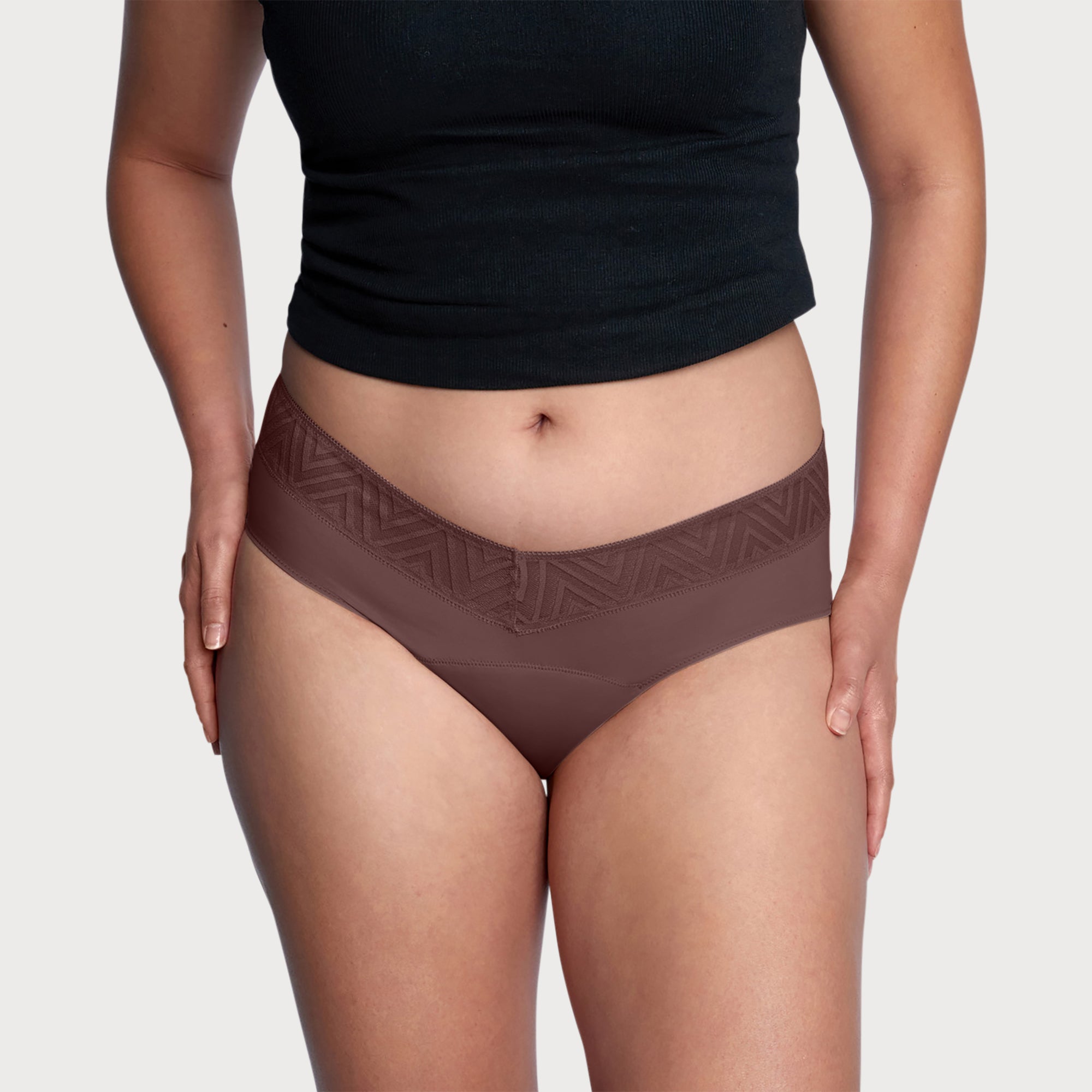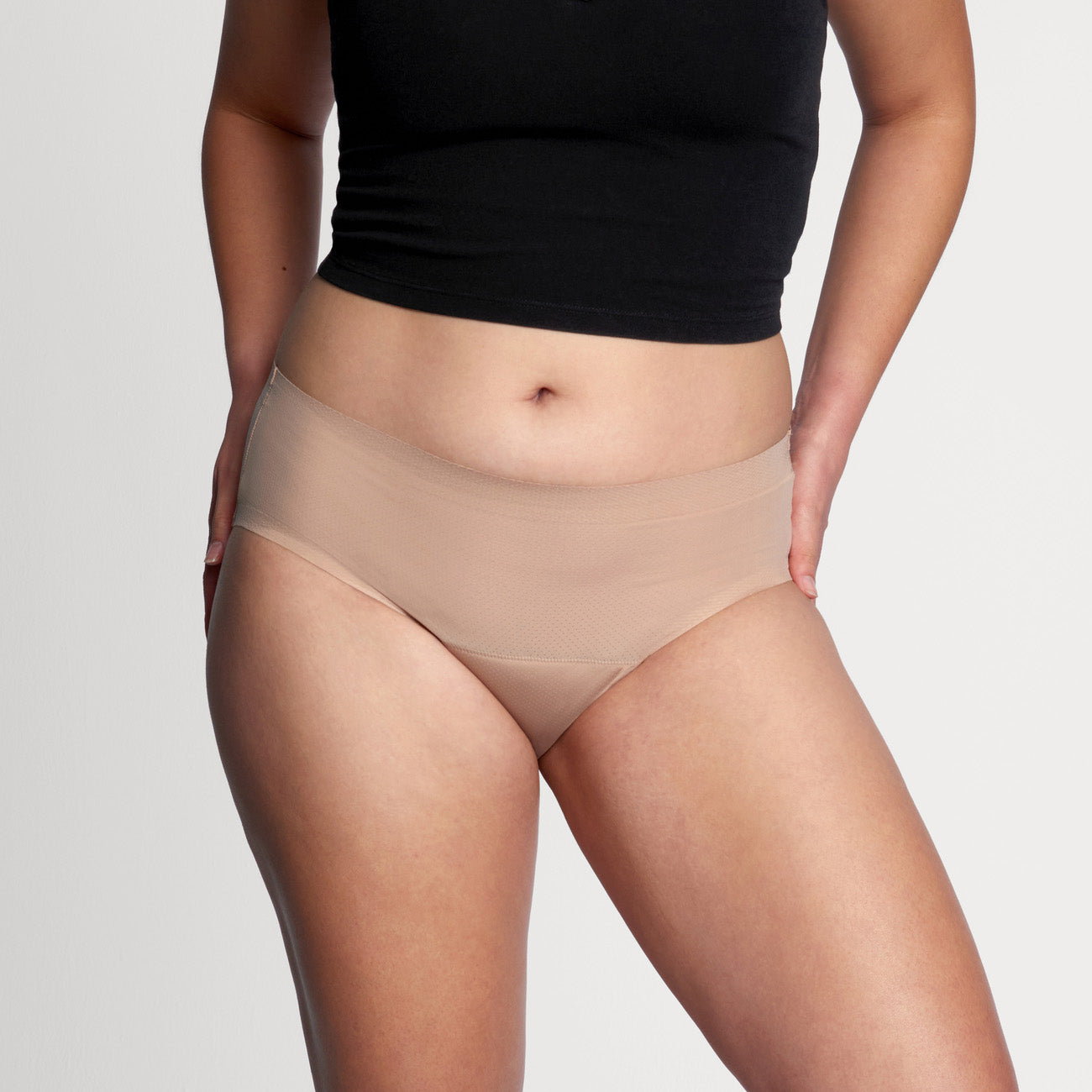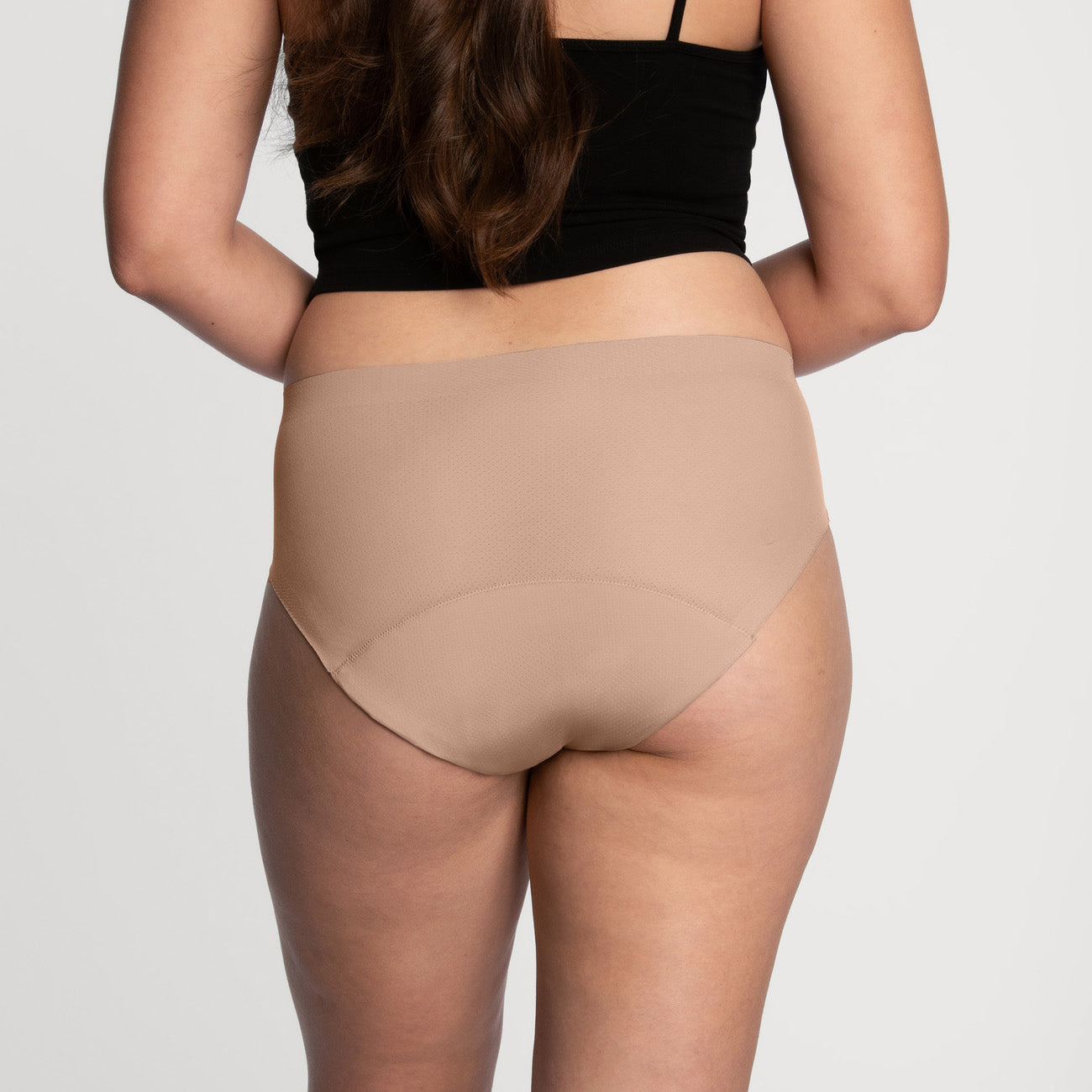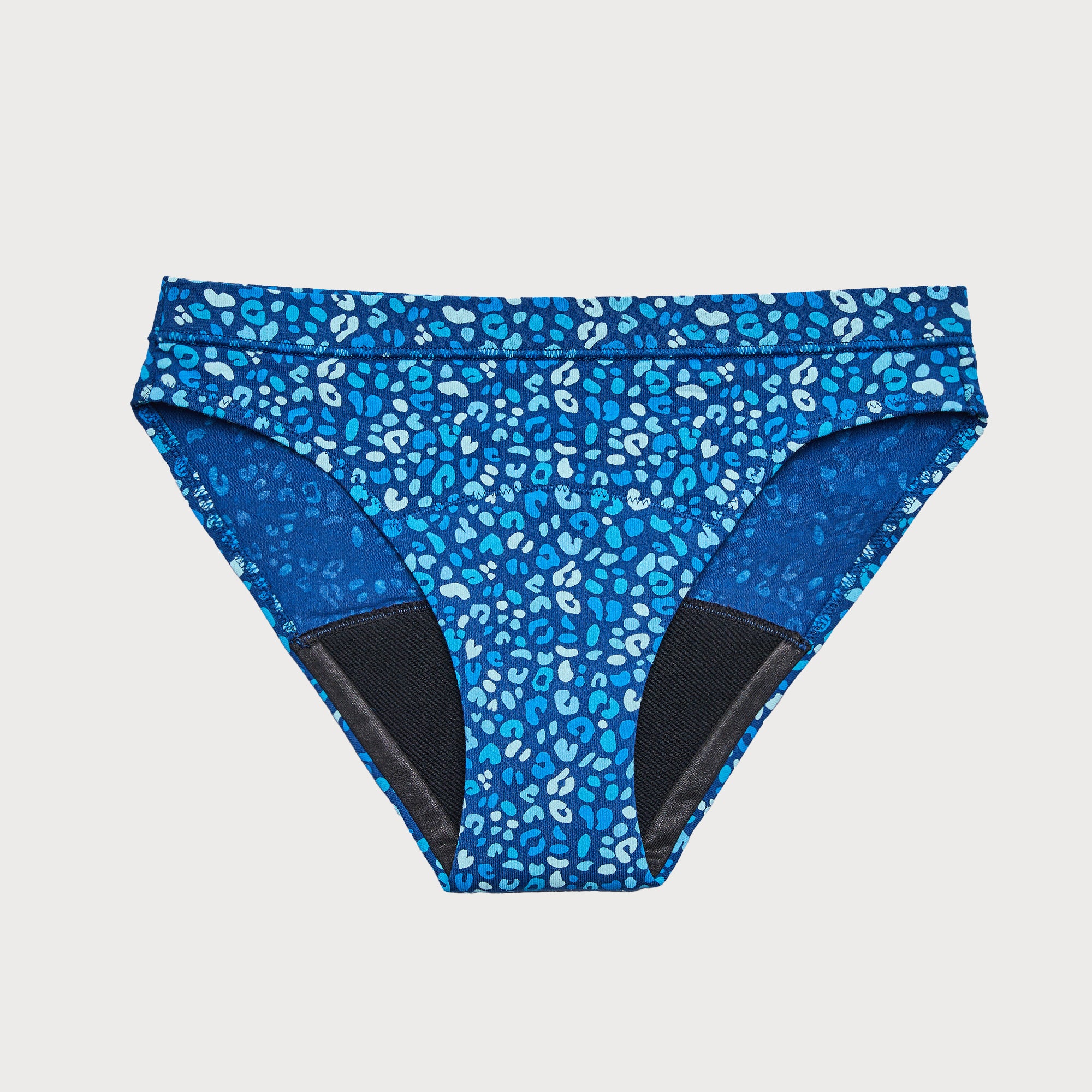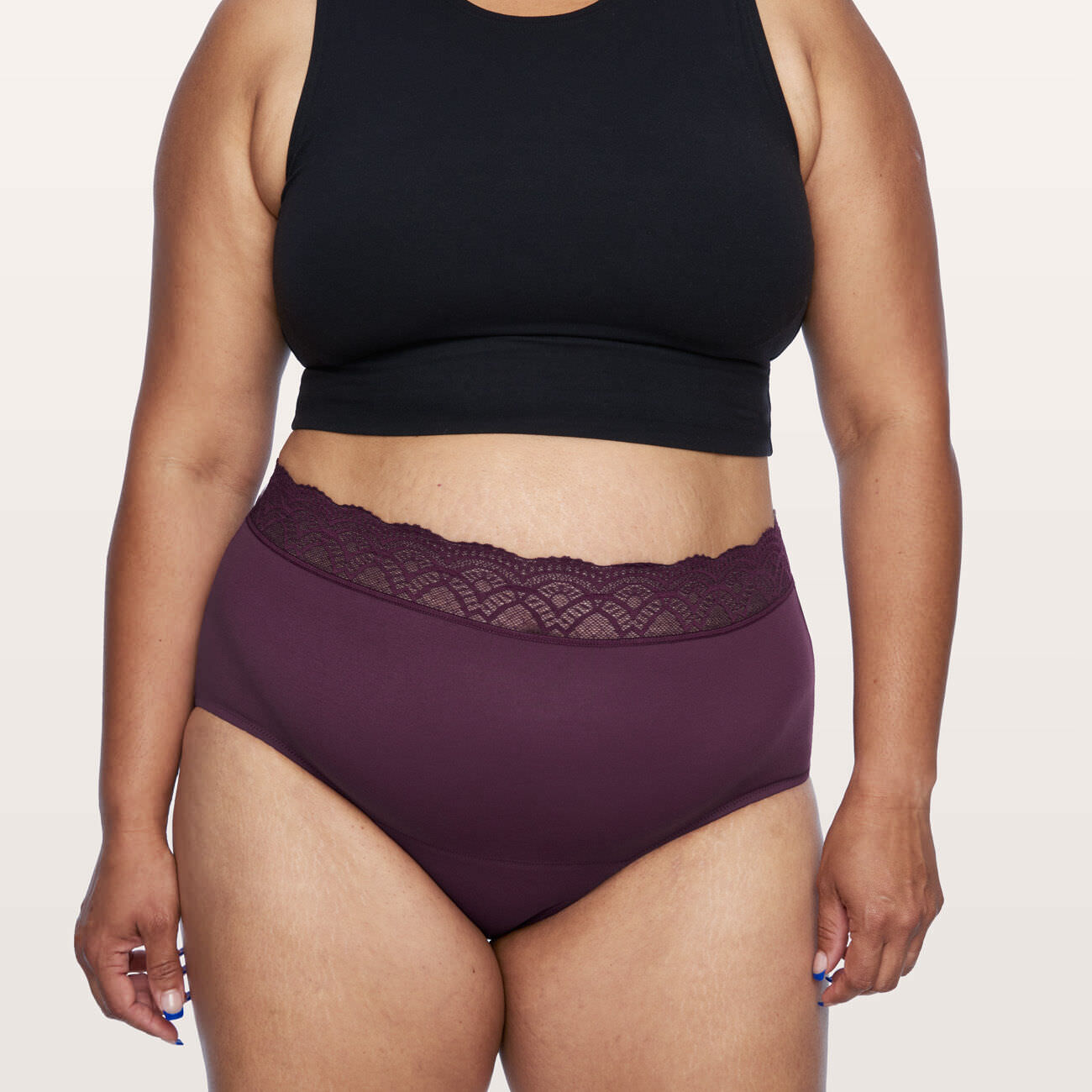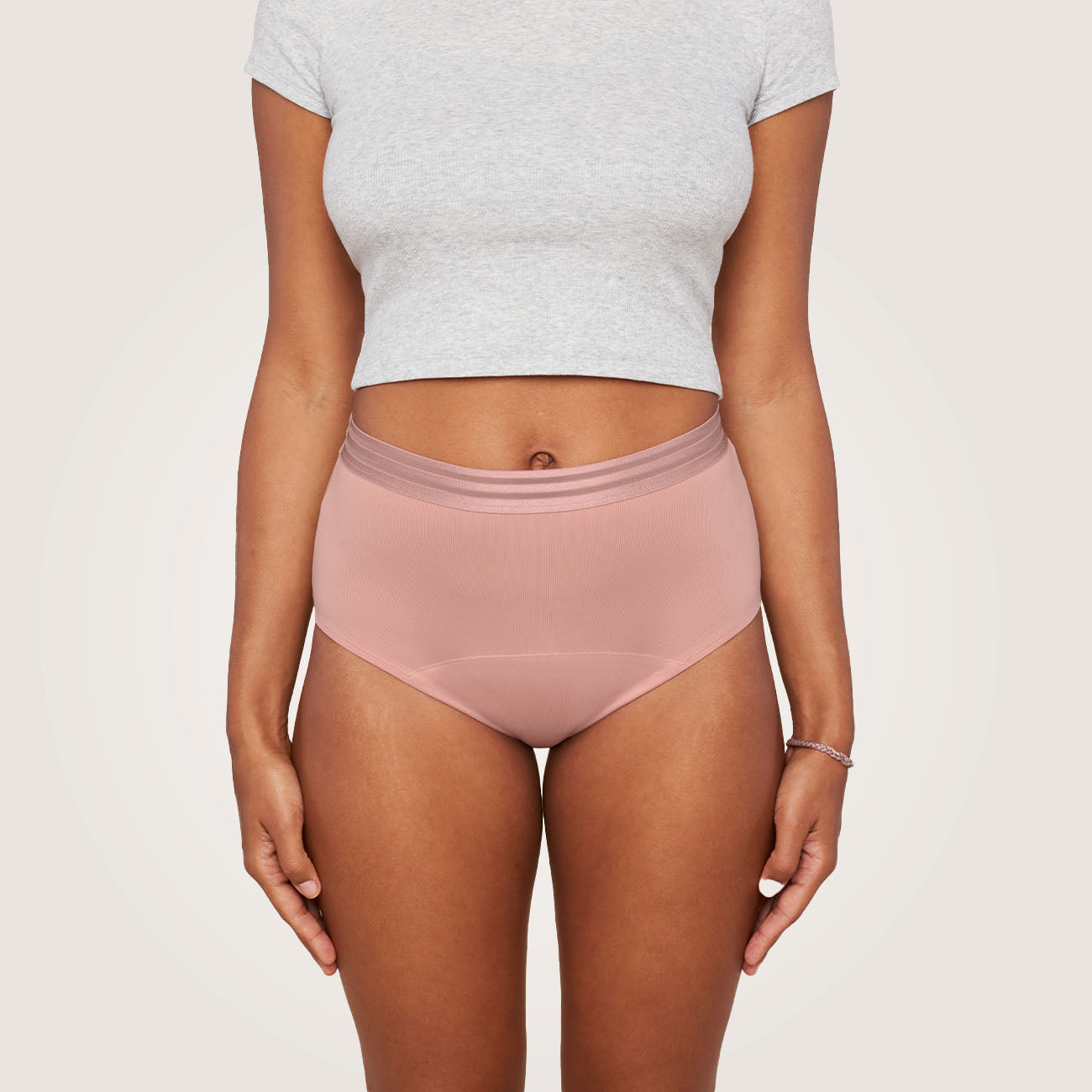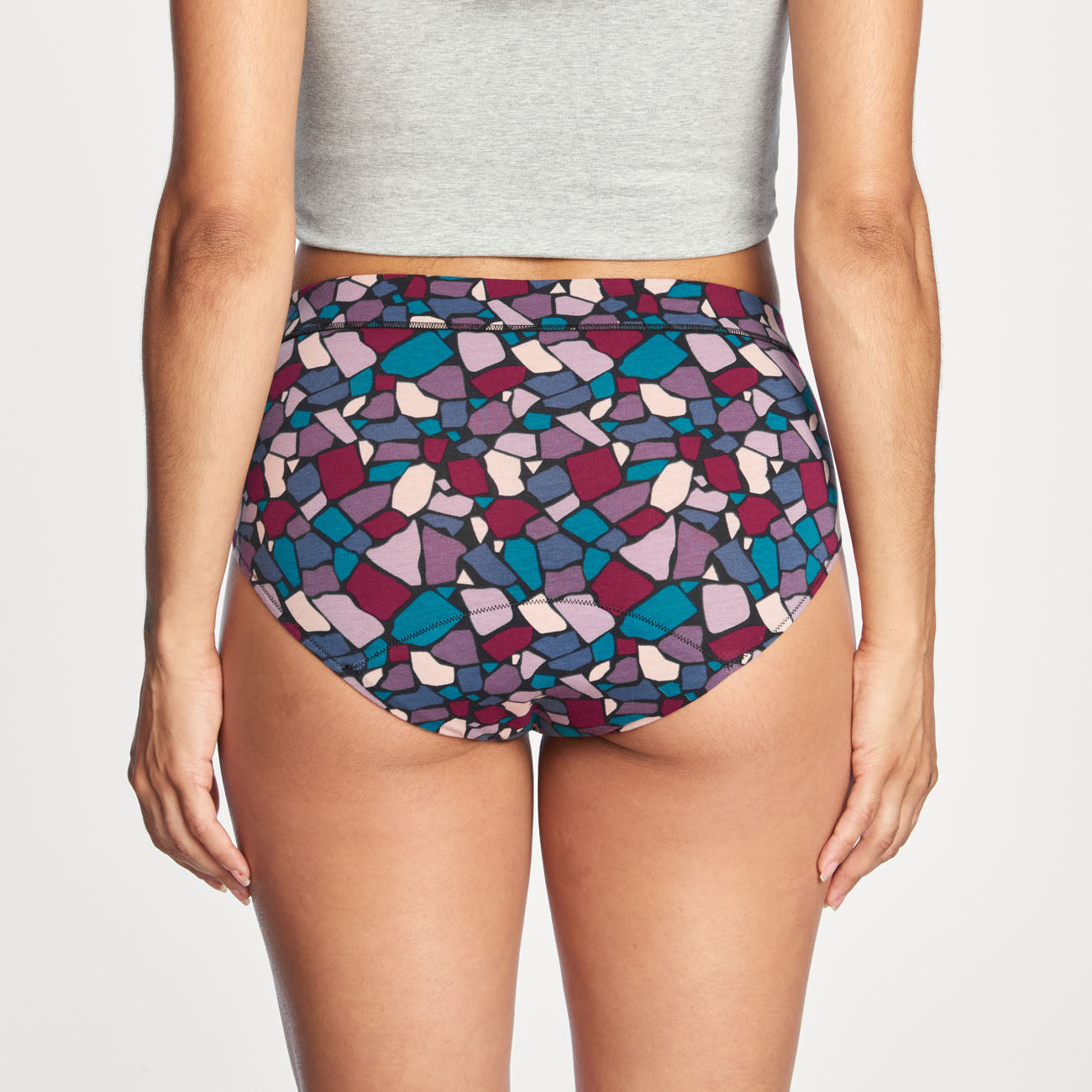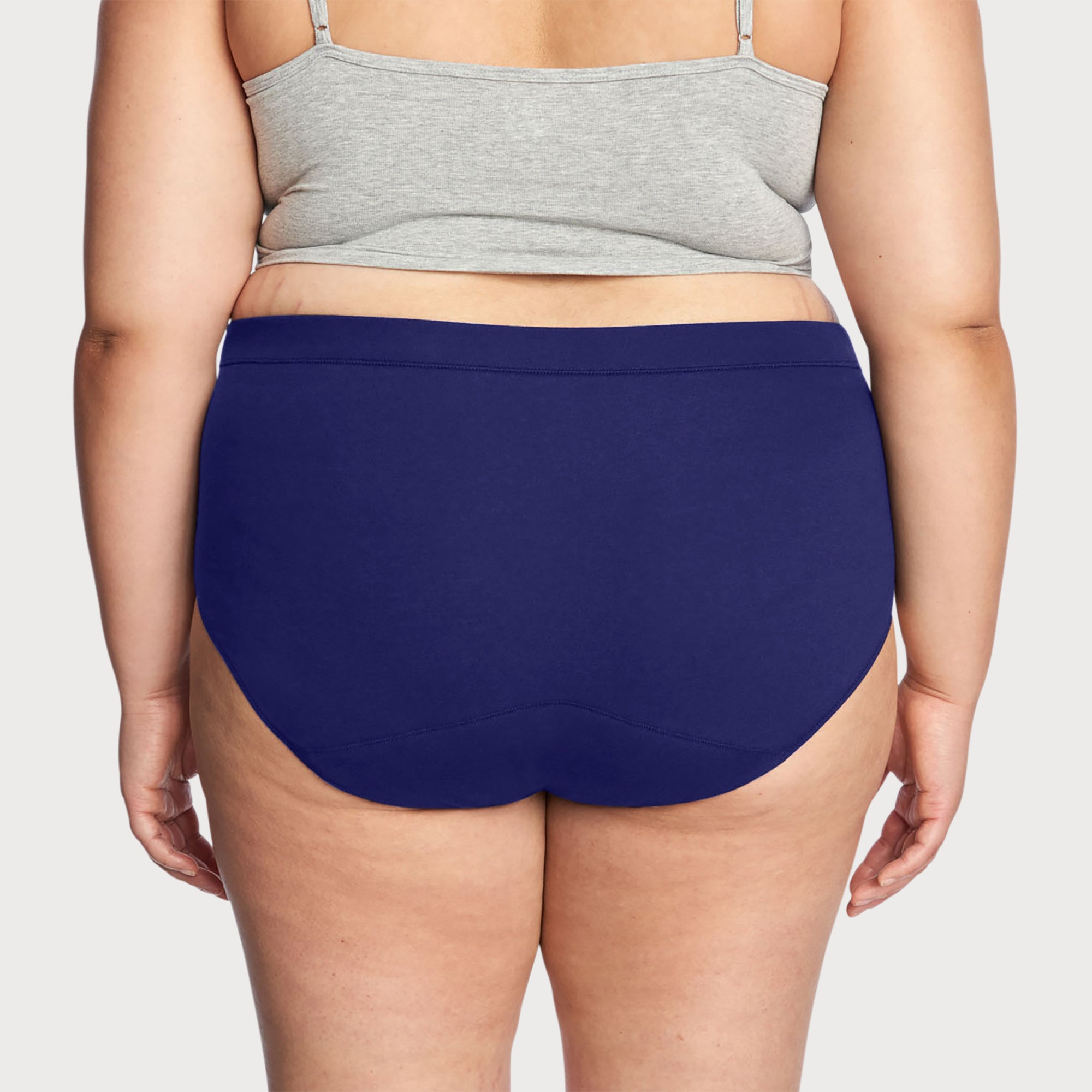Everything You Need to Know About Emptying Your Bladder
- Share this article Copy to clipboard

We’ve all heard the saying “when you gotta go, you gotta go”. But what about the times you gotta go, but you just can’t seem to get it all out?
Whether you’re trying to pee in a public restroom and catch a case of stage fright or you’re taking a medication that inhibits you from fully relieving yourself, sometimes emptying your bladder is easier said than done.
Fortunately, we’re here to each you everything you need to you about how to empty your bladder completely, from the ins and outs of your urinary tract to why it’s important to fully empty the tank every time you pee.
your urinary system: a guide
When you think about your urinary system, what’s the first word that comes to mind?
If you thought pee, you’re not alone (or wrong). First and foremost, your urinary tract acts as your body’s liquid disposal system, filtering and getting rid of all of its unneeded liquids.
In order to pee normally, all of the organs of your urinary tract must function together, and they include:
Kidneys — Most of us have two fist-sized, bean-shaped kidneys located just below the rib cage — and these are very busy little beans. Each day, they filter approximately 30 gallons of blood to remove waste and toxins, such as urea, proteins, and salts. The result is 1 to 2 quarts (about a quarter to a half gallon) of urine.
Ureters — Consider your ureters a set of highways that are responsible for connecting your kidneys to your bladder. Although they might not be as busy as your kidneys, they’re in charge of the very important duty of carrying urine to your bladder.
Bladder — Your bladder is like a hollow balloon that expands as it receives urine from the ureters. This makes many people wonder — how much liquid can your bladder hold? On average, most bladders can carry 1.5 to 2 cups of pee. When it’s time to go, your bladder contracts, releasing urine into the urethra.
Sphincter muscles — You have two sphincter muscles that close around the opening of your bladder like a hair tie. They help control the release of pee from the bladder to the urethra.
Urethra — Your urethra sits at the bottom of the bladder. It plays the important role of escorting your urine out of the body.
Nerves in the bladder — These nerves are responsible for alerting you when it’s time to find the bathroom.
how does the process of peeing work?
Now that you’re more familiar with the urinary tract, you might have a whirlwind of pee-related questions trickling through your mind, like, “how do we know we have to pee?” And, “does our bladder control when we go?”
The number of times you pee each day correlates with how quickly your kidneys filter urine and fill your bladder. As your bladder expands with more liquid, it puts pressure on the bladder muscles. This alerts your body that it’s nearly time to empty the tank (aka go pee).
When it’s time to go, a lot of factors work together to ensure the urine flow is smooth, including:
The brain
The nervous system
The organs in your pelvis (this includes the bladder, the urethra, the pelvic floor muscles, and in people with penises, the prostate)
Once your bladder contains approximately 200 to 350 milliliters (ml) of urine, you usually begin to feel the need to pee. When you’re ready, your brain will send a signal to your bladder sphincters. Once the sphincters have been alerted, they relax as the bladder wall tightens, squeezing urine through the urethra and into the toilet.
Voila — it’s as easy as one, two, pee!
why it’s important to c
It’s natural to disregard the potential consequences of not emptying your bladder from time to time. And for many individuals, there aren’t any repercussions. However, not everyone comes out totally unscathed.
If you’re not emptying your bladder each time you pee, it can cause numerous potential complications, such as:
Urinary tract infections (UTIs)
Cystitis
Kidney damage
Urinary retention
symptoms of incomplete emptying
If you’re not emptying your bladder each time you pee, there are some other symptoms to look out for. In addition to the obvious inability to pass urine, there are less clear signs you may experience, including:
Peeing more frequently
Peeing in small amounts and feeling like you need to go again shortly after
Losing bladder control and leaking or peeing involuntarily (urinary incontinence)
Straining to pee
Having a urine flow that’s inconsistent (it stops and starts at random)
Abdominal bloating or pain
what causes an incomplete pee?
There are numerous reasons you might be unable to empty your bladder. Many causes are temporary and will dissipate on their own, while others may require assistance from a healthcare provider.
Some of the top causes for being unable to empty the bladder include:
Constipation
Giving birth
Undergoing a recent surgery
Feeling uncomfortable peeing in public restrooms
Rushing yourself and not emptying the bladder
Hovering over the toilet to pee instead of sitting down
Having nerve damage to the bladder, spinal cord, or brain due to a variety of health conditions
how to empty your bladder completely
When it comes to emptying your bladder, there’s no one-size-fits-all strategy that guarantees you’re going to wring out every fluid ounce of pee each time you use the bathroom. But we’ve rounded up a handful of tips for you to implement to ensure you’re doing all you can do fully clear out your bladder:
Let it flow — Instead of actively pushing and straining to empty your bladder, try to relax your pelvic floor muscles and let gravity (and your bladder sphincters) do the work for you.
Quench your thirst with water — Try to drink the recommended daily dose of water and fluid intake every day. While 11 to 15 cups may seem like a lot, you can always start with a lower amount and gradually increase your intake. Remaining hydrated can help you flush out unwanted toxins and help you urinate more frequently.
Sit on the toilet seat — Public toilets often have a bad rep for being on the unsanitary side, but when you hover over the toilet seat, you engage your pelvic muscles and force the pee past them rather than letting it flow naturally. This can make it harder to fully empty the bladder. When possible, sit on the toilet so your pelvic muscles can relax and you can do all of your business at once.
Poop regularly — If you’re constipated, your colon often becomes full of waste (aka poop). If this happens, it can push on the bladder and make it more difficult to pass urine. To increase the likelihood of going number two regularly, try to incorporate high-fiber foods into your diet, like lentils, barley, raspberries, and green peas.
Lean forward or keep your feet elevated — If you’ve ever used the Squatty Potty (or a makeshift version, like an Amazon box) to help you poo, you may have realized that it’s also a productive strategy for peeing. When your knees are slightly elevated, it can open up your pelvic diaphragm and make it easier to empty your bladder (and bowels).
Remember to breathe — Some individuals have a habit of holding their breath when they pee. While it doesn’t often cause problems, it can put pressure on your bladder muscles and make it more challenging to go. It’s usually easier to empty your bladder when you’re relaxed. One way to relax is to focus on your breathing, especially breathing out. Once you’re sitting down, place your hands on your stomach and breathe in. Then, lean forward and breathe out slowly as you begin to pee.
Go when you have to go — Whenever your body tells you it’s time to pee, listen. Putting it off can stress your bladder muscles and even lead to a possible infection. Regardless of whether you’re in the middle of a movie or in the middle of a restful slumber, if you have the sudden urge to go, follow your gut (or in this case, your urinary bladder), and use the loo.
Maintain a healthy lifestyle — This one may seem like the go-to answer for every health-related question you have, but it’s tried and true for a reason. When you follow a healthy lifestyle by eating balanced meals, exercising, and maintaining a healthy weight, your internal organs are more likely to operate smoothly — bladder and all. There are many guides about how to exercise pelvic floor muscles and exercises for postpartum urinary incontinence to help you get started.
get the ultimate bladder leak protection with Thinx for All Leaks
With a little mindfulness, you’ll be one step closer to emptying your bladder each time you use the restroom. But even with a healthy urinary tract, sometimes accidents happen.
Whether you’re recovering from childbirth, going through menopause, experiencing bladder leaks, or have poor urinary retention and don’t know why, Thinx for All Leaks is here to provide you with game-changing incontinence underwear. Find the best incontinence product for your needs: we offer light to moderate protection against bladder leaks and they’re machine washable, so you can wear them again and again.
When the world gives you the occasional bladder leak, choose to go with the flow with Thinx for All Leaks.
At Thinx, we strive to provide our readers with the most up-to-date, objective, and research-based information. Our content is crafted by experienced contributors who ground their work in research and data. Articles contain trusted third-party sources that are either directly linked within the text or listed at the bottom to lead readers to the original source.
sources:
NIH. The Urinary Tract and How It Works. https://www.niddk.nih.gov/health-information/urologic-diseases/urinary-tract-how-it-works
NIH. How Does the Urinary System Work? https://www.ncbi.nlm.nih.gov/books/NBK279384/
John Hopkins Medicine. Anatomy of the Urinary System. https://www.hopkinsmedicine.org/health/wellness-and-prevention/anatomy-of-the-urinary-system
NHS. Reduced Bladder Emptying. https://www.hdft.nhs.uk/content/uploads/2016/02/reduced-bladder-emptying.pdf
NIH. Symptoms and Causes of Urinary Retention. https://www.niddk.nih.gov/health-information/urologic-diseases/urinary-retention/symptoms-causes
Mayo Clinic. Water: How Much Should You Drink Every Day? https://www.mayoclinic.org/healthy-lifestyle/nutrition-and-healthy-eating/in-depth/water/art-20044256
Mayo Clinic. Chart of High-Fiber Foods. https://www.mayoclinic.org/healthy-lifestyle/nutrition-and-healthy-eating/in-depth/high-fiber-foods/art-20050948






